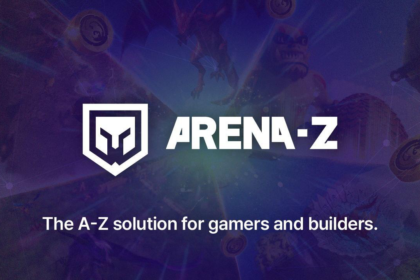As the world evolves, so does technology. From the early days of the internet to the emergence of Web 2.0, and now to the decentralized web, or Web3, the landscape of the digital world has continued to change.
However, while many have already made the switch to Web3, there are still those who remain hesitant to make the jump. In this article, we will explore some strategies that can be used to get Web2 players interested in Web3.
Understanding the Benefits of Web3
Before we dive into strategies for getting Web2 players interested in Web3, it’s essential to understand the benefits of the decentralized web. One of the primary advantages of Web3 is that it is decentralized, meaning that there is no single entity or group that controls it. This decentralized structure makes it more secure and less prone to censorship, ensuring that the data and applications stored on the network are more resistant to manipulation.
Additionally, Web3 offers greater privacy and anonymity than its centralized counterparts. By using decentralized applications, users can protect their data from prying eyes, giving them greater control over their personal information.
Strategies for Getting Web2 Players Interested in Web 3.0
Now that we understand the benefits of Web3 let’s explore some strategies that can be used to get Web2 players interested in making the switch.
- Education and Awareness
One of the most effective ways to get Web2 players interested in Web3 is through education and awareness. By providing resources that explain the advantages of the decentralized web and how it works, more people will be able to understand the potential benefits and drawbacks of using decentralized web.
- User-Friendly Interfaces
Another barrier to entry for many Web2 players is the complexity of using decentralized applications. Often, the user interface can be confusing and unintuitive, leading to frustration and a lack of adoption. By creating more user-friendly interfaces that make it easier to use decentralized applications, more people will be willing to make the switch to Web 3.0.
- Collaboration with Web2 Companies
To bridge the gap between Web2 and Web3, collaboration between the two is crucial. By working together, Web3 developers can leverage the existing infrastructure of Web2 companies to make the transition to Web3 smoother. Additionally, Web2 companies can benefit from the added security and privacy of Web3 applications, making it a mutually beneficial relationship.
- Incentivization
Finally, incentivizing Web2 players to make the switch to Web3 can be an effective strategy. By offering rewards or incentives for using decentralized applications, more people will be willing to try them out and see the benefits for themselves.
While the transition to Web3 may seem daunting for some, the potential benefits of a decentralized web are undeniable. By understanding the advantages of Web3 and using strategies such as education, user-friendly interfaces, collaboration, and incentivization, we can get more Web2 players interested in making the switch. With the help of these strategies, we can bridge the gap between Web2 and Web3 and create a more secure, private, and user-centric digital landscape.









